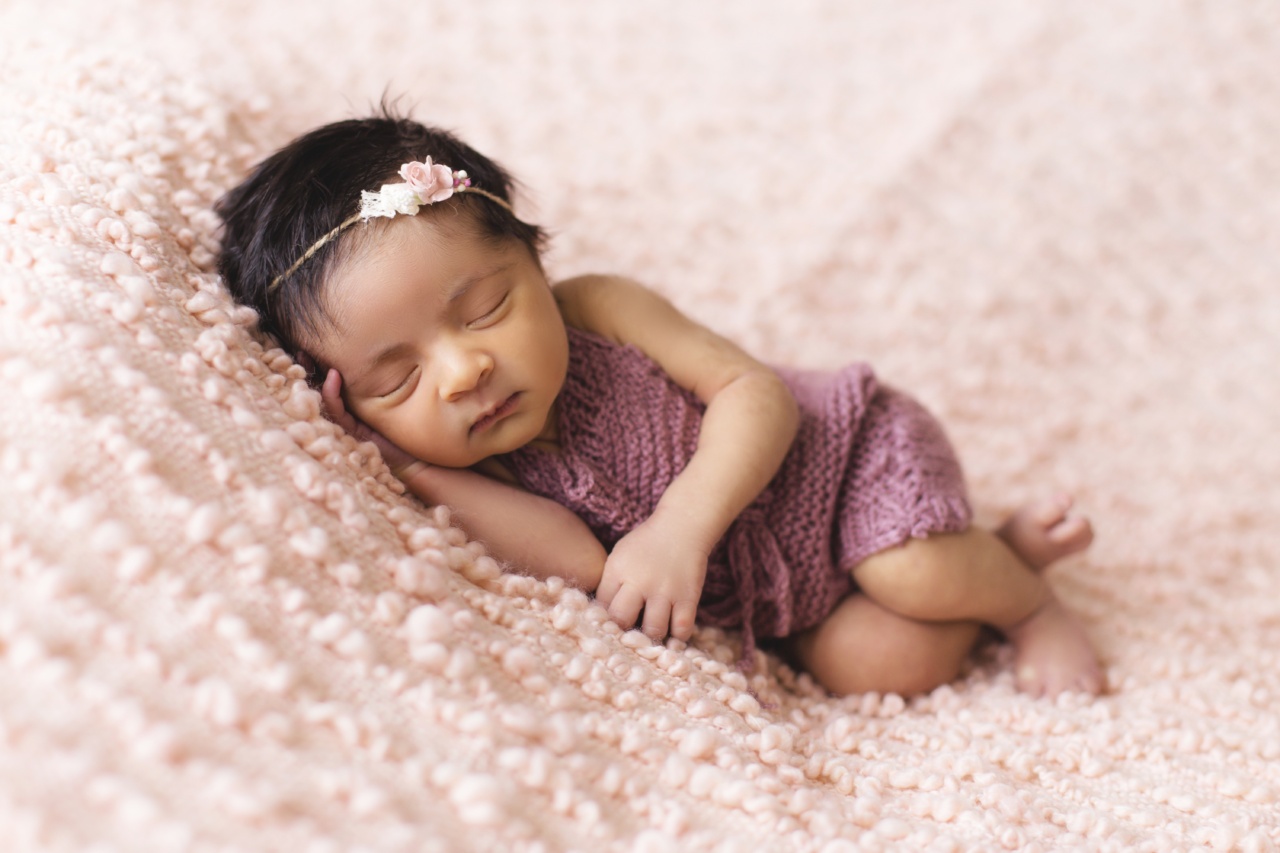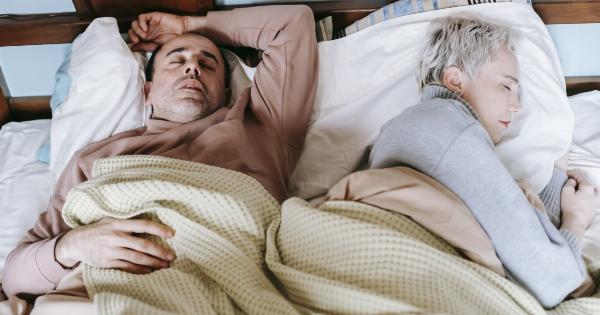Sleep disorders are not just limited to adults; they can also affect children. In fact, sleep problems are quite common among children, and if left untreated, they can have a significant impact on their overall health and well-being.
From difficulty falling asleep to frequent night awakenings, there are several sleep disorders that can disrupt a child’s restful slumber. In this article, we will explore the most common sleep disorders in children and discuss their causes, symptoms, and potential treatment options.
1. Insomnia
Insomnia is a sleep disorder characterized by difficulties falling asleep and staying asleep. While many believe that insomnia affects only adults, it can also be prevalent in children.
Causes of childhood insomnia can vary from stress and anxiety to an irregular sleep schedule or even certain medical conditions. Children with insomnia may exhibit daytime fatigue, irritability, difficulties concentrating, and behavioral problems.
Developing a consistent sleep routine, promoting a calm sleep environment, and addressing any underlying causes can help manage insomnia in children.
2. Sleep-Related Breathing Disorders
Sleep-related breathing disorders encompass a range of conditions that affect the breathing during sleep. The two most common sleep-related breathing disorders in children are obstructive sleep apnea (OSA) and snoring.
OSA occurs when the airway becomes partially or completely blocked during sleep, causing breathing pauses and disruptions in sleep quality. Snoring, on the other hand, involves noisy breathing during sleep and can also indicate potential breathing difficulties. These disorders can lead to daytime sleepiness, fatigue, and impaired growth and development.
Treatment options for sleep-related breathing disorders in children may include surgical interventions, medication, or lifestyle changes.
3. Restless Legs Syndrome (RLS)
Restless Legs Syndrome (RLS) is a neurologic disorder characterized by an irresistible urge to move the legs, often accompanied by uncomfortable sensations.
RLS typically worsens during periods of rest or inactivity, leading to difficulties falling asleep. It can cause discomfort, pain, and restlessness, making it challenging for children to find a comfortable sleeping position. Identifying triggers and managing underlying conditions can help alleviate the symptoms of RLS in children.
In some cases, medications may be prescribed to provide relief.
4. Parasomnias
Parasomnias are a group of sleep disorders that involve abnormal behaviors or movements during sleep. Common examples of parasomnias in children include night terrors, sleepwalking, and sleep talking.
Night terrors are sudden awakenings accompanied by intense fear or anxiety, often occurring in the first few hours of sleep. Sleepwalking involves walking or performing complex actions while asleep, while sleep talking refers to talking during sleep without any awareness. These parasomnias can be distressing for both the child and their caregivers.
Establishing a soothing bedtime routine and ensuring a safe sleep environment can help manage and reduce the frequency of parasomnia episodes.
5. Circadian Rhythm Disorders
Circadian rhythm disorders involve disruptions in the body’s internal clock, affecting the sleep-wake cycle. The most common circadian rhythm disorder in children is delayed sleep-wake phase disorder (DSWPD).
Children with DSWPD typically have difficulty falling asleep at an appropriate time and struggle to wake up in the morning. This can significantly impact their daily functioning, school performance, and overall well-being.
Bright light therapy and carefully timed sleep schedules can help readjust the circadian rhythm and regulate sleep patterns in children with this disorder.
6. Bedwetting (Nocturnal Enuresis)
Bedwetting, also known as nocturnal enuresis, is a common sleep disorder in children, particularly during early childhood. Bedwetting can occur due to various factors, such as an immature bladder, hormonal imbalances, or even stressful events.
Children who experience bedwetting may feel embarrassed and have disrupted sleep due to the discomfort. Implementing nighttime routines, limiting fluid intake before bed, and using bedwetting alarms are some strategies that can help manage this sleep disorder in children.
7. Sleep Talking
Sleep talking, also known as somniloquy, is a sleep disorder characterized by talking during sleep. It can range from simple sounds and mumbling to coherent conversations.
Sleep talking can occur in both children and adults and can be associated with various factors, including stress, fever, and certain sleep disorders. In most cases, sleep talking is harmless and does not require specific treatment. However, if it is severe or disrupts the child’s sleep, addressing the underlying causes, such as stress management or improving sleep hygiene, may be beneficial.
8. Nightmares
Nightmares are vivid and disturbing dreams that occur during rapid eye movement (REM) sleep. While occasional nightmares are a normal part of childhood, frequent nightmares can be indicative of an underlying sleep disorder or emotional distress.
Nightmares can cause fear, unease, and anxiety, making it difficult for children to fall back asleep. Creating a relaxing bedtime routine, providing comfort, and addressing any underlying emotional issues can help alleviate nightmares in children and contribute to a more restful sleep.
9. Night Terrors
Night terrors, also known as sleep terrors, are episodes of intense fear or terror during sleep. Unlike nightmares, night terrors occur during non-REM sleep stages and may involve behaviors such as screaming, sweating, and rapid breathing.
Night terrors can be distressing for both the child and their caregivers, but they typically resolve on their own without intervention. Ensuring a safe sleep environment and offering comfort and reassurance during the episodes can help manage night terrors in children.
10. Narcolepsy
Narcolepsy is a chronic sleep disorder characterized by excessive daytime sleepiness, sudden loss of muscle tone (cataplexy), and vivid hallucinations during sleep.
While narcolepsy is relatively rare in children, its symptoms can significantly impact their daily functioning and quality of life. Treatment options for pediatric narcolepsy may include medications, lifestyle modifications, and the implementation of regular nap schedules.
Early diagnosis and intervention are crucial in managing narcolepsy and minimizing its impact on a child’s well-being.






























